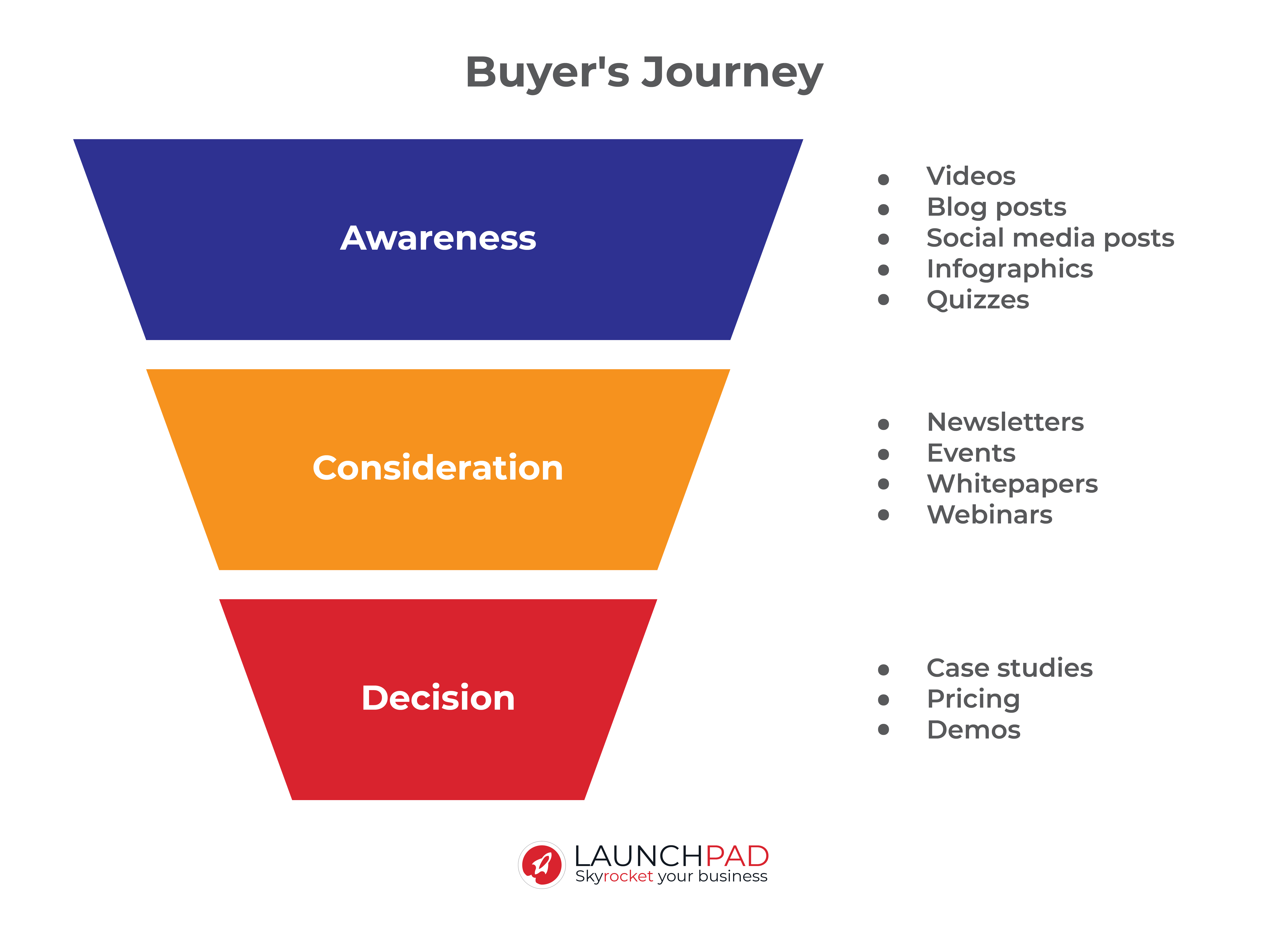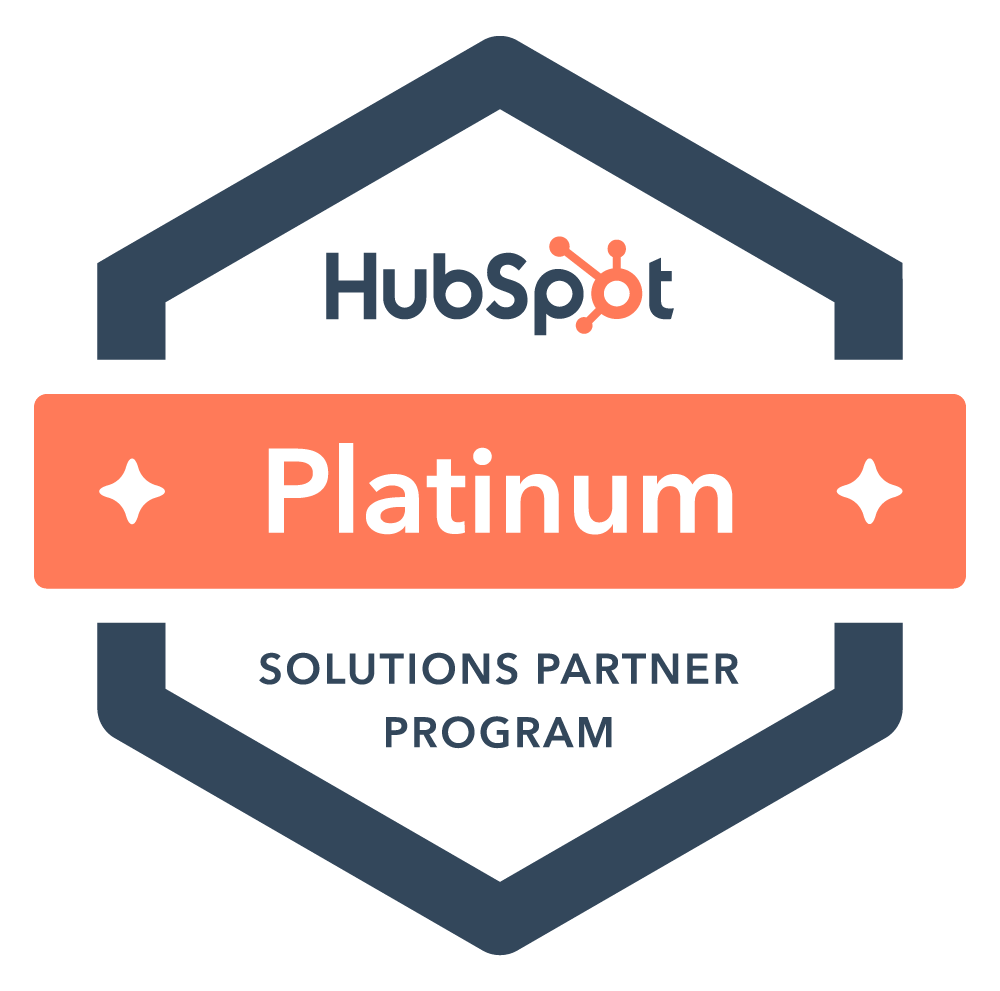.png?width=1200&name=How%20to%20write%20contents%20effectively%20(1).png)
Before you start generating out content to your buyer personas, you need to understand the Buyer’s Journey and match your contents to each stage of the journey.
If you are not mapping your content to each of your buyer personas, you are missing a critical element in successfully understanding, organizing, and presenting your marketing content to your buyer personas.
Content mapping is a process of planning and organizing a library of marketing and sales content according to each of your buyer’s personas and the stages that they are in in the Buyer’s Journey.
Why you need content mapping
In line with the inbound methodology, every piece of content that you produce should be helpful to your audience. The content should answer any questions, concerns or needs that your buyer persona have.
By having targeted messaging catered to each stage of your buyer personas, you can avoid scaring leads away even before you had the chance to nurture them.
A successful content mapping will ensure that you always offer the right content to the right person at the right time, hence maximising your opportunity for a successful conversion and another successful step down the path of the Buyer’s Journey.
Here are the steps to plan and map out your content according to persona:
1. Understand your buyer persona
We have covered some of the basic information needed to develop your buyer persona, but here’s some conditions to keep in mind:
Current: Personas should be reviewed and revised periodically (every 3 or 6 months) to ensure they are up to date with the latest data of your industry.
Ideal: Your buyer persona should be whom you can provide something of value and who will be valuable to your company. In short, a good and logical fit.
Data driven: Your buyer persona should always be based on facts. Make sure yours are not based on guesswork or assumptions. However, each buyer persona should be a fictionalized representation of an ideal customer type, not a real person or company.
2. Understanding the Buyer’s Journey
Once you have your buyer personas, you need to consider them in the context of their Buyer’s Journey. Their behaviours, needs and goals are heavily defined and informed by where they are in their Buyer’s Journey. Therefore, the types of content and offers that they are interested in will change based on where they are in that journey.

To map your contents and offers effectively for each buyer persona, you need to take the following questions into thoughtful consideration.
Who is asking?
Which buyer persona are you mapping content for?
You can choose one and work through the whole Buyer’s Journey, from Awareness to Decision, or you can select a Buyer’s Journey stage and consider for each buyer persona. Each content has to be distinct from each persona.
For example, a team manager would have immediate and focused problems. He is more concerned with solving those problems and helping his team. Therefore, while he is keen on strategies that can help his organisation, he is not armed to decide for his company.
On the contrary, a C-level executive will often see different symptoms than a team manager, even when the actual problem is the same. A C-level executive would need different kinds of information and examples, given that her responsibility and perceived risks are larger.
Different buyer personas will require contents that are distinct in tone, language, examples, level and depth of information.
Each piece of content should be written with one specific buyer persona in mind and targeted to unique interests, needs, and preferences.
What is their pain point?
Consider the problems that your product, service, or expertise solves, and then think about the symptoms of that problem. Help your personas in the Awareness stage identify the source of their troubles.
On the Awareness stage content, create content that identifies a symptom that is affecting a specific persona directly. This content should identify the root cause of what is bothering them, and help them understand it in a new way. You can format them in videos, blog posts, infographics or quizzes.
A Consideration stage content explains why your solution (with solid grounds) is best for the persona-specific problems and symptoms you identified in your Awareness-stage content. You can engage them at this stage with newsletters, industry related whitepapers, webinars, or on-ground events.
An Decision stage content provides examples, data, and details that support your product or company as the best possible solution that solves those persona-specific problems according to the strategies you suggested in your earlier content. Depending on your business, you can provide them with case studies, free demo usage, or lead them to the pricing page.
What questions are they asking?
You can research on the questions that they are frequently asking on focus groups, Quora, LinkedIn or other social media platforms to understand what your buyer personas want to know. You should also engage with your existing clients. Your content should always answer at least one question that your buyer persona is asking. Listening to your buyer personas would save you a lot of time and effort.
Where do they ask their questions?
When you select, produce, or distribute content, your buyer persona should inform the format you choose.
The format you use must make sense for the platform, and the platform must be one that your buyer persona is already likely to trust (for example, Linkedin groups for professionals).
When are they asking?
Two different personas could ask the same questions about your product or the problem they are experiencing. However, when they are asking these questions, they may not be at the same stage of the Buyer’s Journey.
A buyer persona who has just get to know your business and another who is considering to switch services from a competitor, may ask similar questions. However, one is asking for general education (Awareness), whereas the other is looking whether your solutions will meet her requirements (Decision).
By mapping out each piece of content to the buyer’s persona and Buyer’s Journey, you can differentiate the answers clearly to a similar sounding question.
How do they search?
Understand how your buyer personas look for help. Do they ask colleagues? Do they read a trade publication? Perhaps, as many do, they run a quick Google search.
Optimize your content to the way that your persona will search for it so that it ranks top on Google search results.
The habits, experiences and preferences of your buyer personas will help you to format and word your content title, landing pages, email, call to action, offers, and list of keywords to focus on.
Get our ebook "32 Greatest Lead Generation Best Practices" where we share all the best practices to optimize your landing pages, offer, call to action to increase your lead generation strategy.
Do you need help in organizing your buyer personas and contents? Get our tried and tested content mapping template that will simplify the process.



